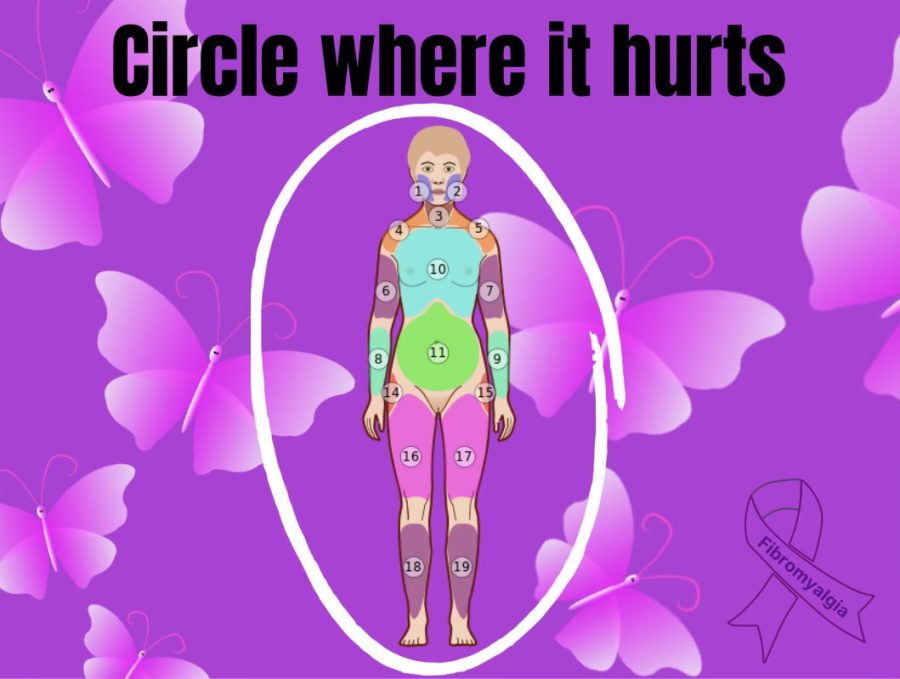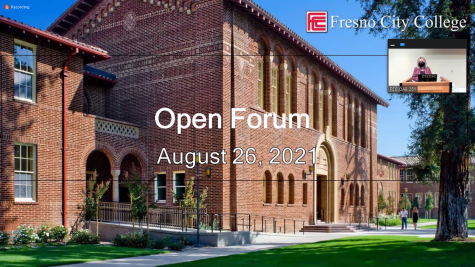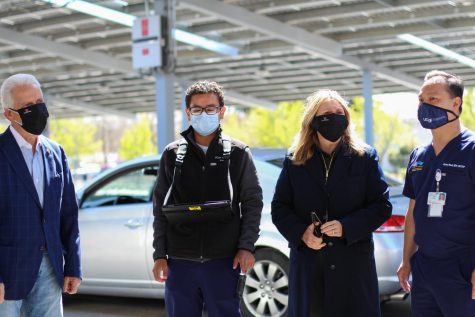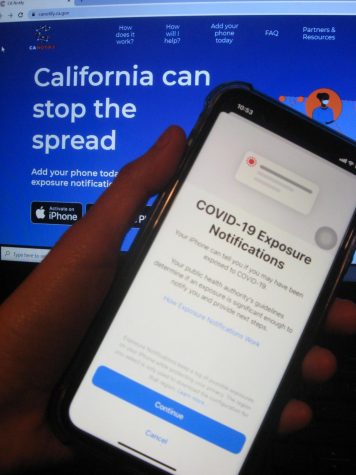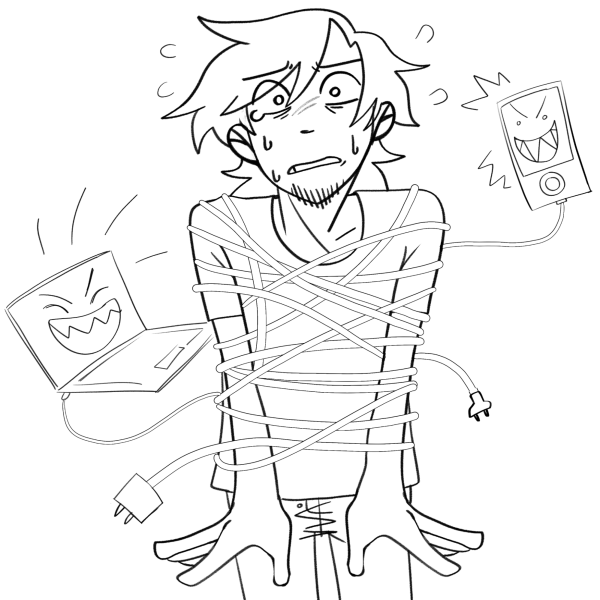The Unseen Pain: The Difficulties Living With Fibromyalgia
“Are you really in pain?”
I can’t count how many times I have heard those words. My pain may not physically show, but that doesn’t mean that it doesn’t exist. Fibromyalgia is not terminal but is chronic, which has drastically changed my life.
Every morning when I wake up, I dread the day to come. I wonder whether or not I will be able to walk or use my hands, the parts of the human body that are essential to our everyday lives.
Fibromyalgia is a chronic disease that affects the nerves, joints, and in my case the muscles and skin throughout the body. It’s typically diagnosed by a rheumatologist, a pain management doctor, but can also be diagnosed by a neurologist, a nerve specialist, which was who diagnosed me.
According to Fibro Active, this illness has over 200 symptoms and is categorized by five overall symptoms including fibro fog, sleep disturbances, irritable bowel syndrome (IBS), fatigue, and pain.
Depression and anxiety are also factors that can cause more issues. For example, according to Fibro Active, depression, and anxiety can increase fibromyalgia symptoms and overlap each other causing more widespread pain, and stress.
Stress isn’t something that can be brushed off but is instead an issue that fibro patients must watch out for and try to manage. Physical, chronic, environmental, and emotional stress can all send a patient to bed for days as the mind and body becomes overwhelmed and the nerves throughout the body react or panic.
This panic is called a flare or flare-up, which means the symptoms of the disease increase in number or intensity. So, there is much more to fibromyalgia than the five indications.
Ways in which I cope is by taking nerve medication such as Neurontin (Gabapentin) as well as meditation methods like yoga, minimal exercise, and other remedies such as warm baths with relaxing salts like Epsom salt. These treatments don’t always work, which is one of the worst things about the illness, but they help manage pain for some time.
Jorja J Bennett, a 32-year-old woman who was diagnosed with Fibromyalgia in 2011, has experienced similar incidents that I have gone through.
“I was in pain throughout my body, and I could never pinpoint where it was coming from. I could feel cramping in my arms and legs making it difficult to walk, my skin felt like it was on fire, I had zero energy, and my brilliant mind became a fog,” Bennett said.
One of the things that I constantly repeated to the many doctors I have seen was that my skin felt like it was burning and on fire, but they couldn’t see it, just like every other symptom they couldn’t see.
Epsom salts with essential oils and herbs like eucalyptus, and mint or herbal teas are some remedies that Bennett looks to when she experiences flares.
Fibromyalgia cannot be cured, which makes it more difficult to get up in the morning, put on a smile, and act like everything is okay. It’s even harder when those around me can’t see my pain.
According to the NHS, fibromyalgia is difficult to diagnose as there are no visible signs and specific tests to show the disability. The people around Bennett thought she was faking her illness because of this.
“‘You don’t look sick,’” Bennett said, which is what she heard from one of her close friends.
Despite these symptoms, fibromyalgia patients must understand that they’re not alone and there are ways to manage. Natural remedies, meditation methods, and medications will not take it away, but they can at least manage the widespread aches.
I will forever be in pain, I will never live the active life that I did before and I will need to take medication for the rest of my life to manage my pain.. It’s hard to do things that include movement, which is basically everything, but I am learning every day about my illness and how to adjust to this life, instead of letting it defeat me.
One thing that every patient should know is that it’s important to not let our illnesses define who we are and instead embrace it and spread awareness. If you or anyone you know are struggling from fibromyalgia or are experiencing symptoms, it’s important to reach out to a rheumatologist.
This article was edited after publication to fix the hyperlinks throughout.

Alexis Martinelli is a 20-year-old journalist born in Clovis, California. Her loved ones and friends call her Lex, a simple and short nickname! Lex loves...

